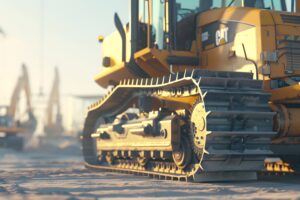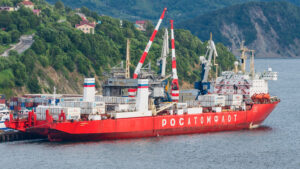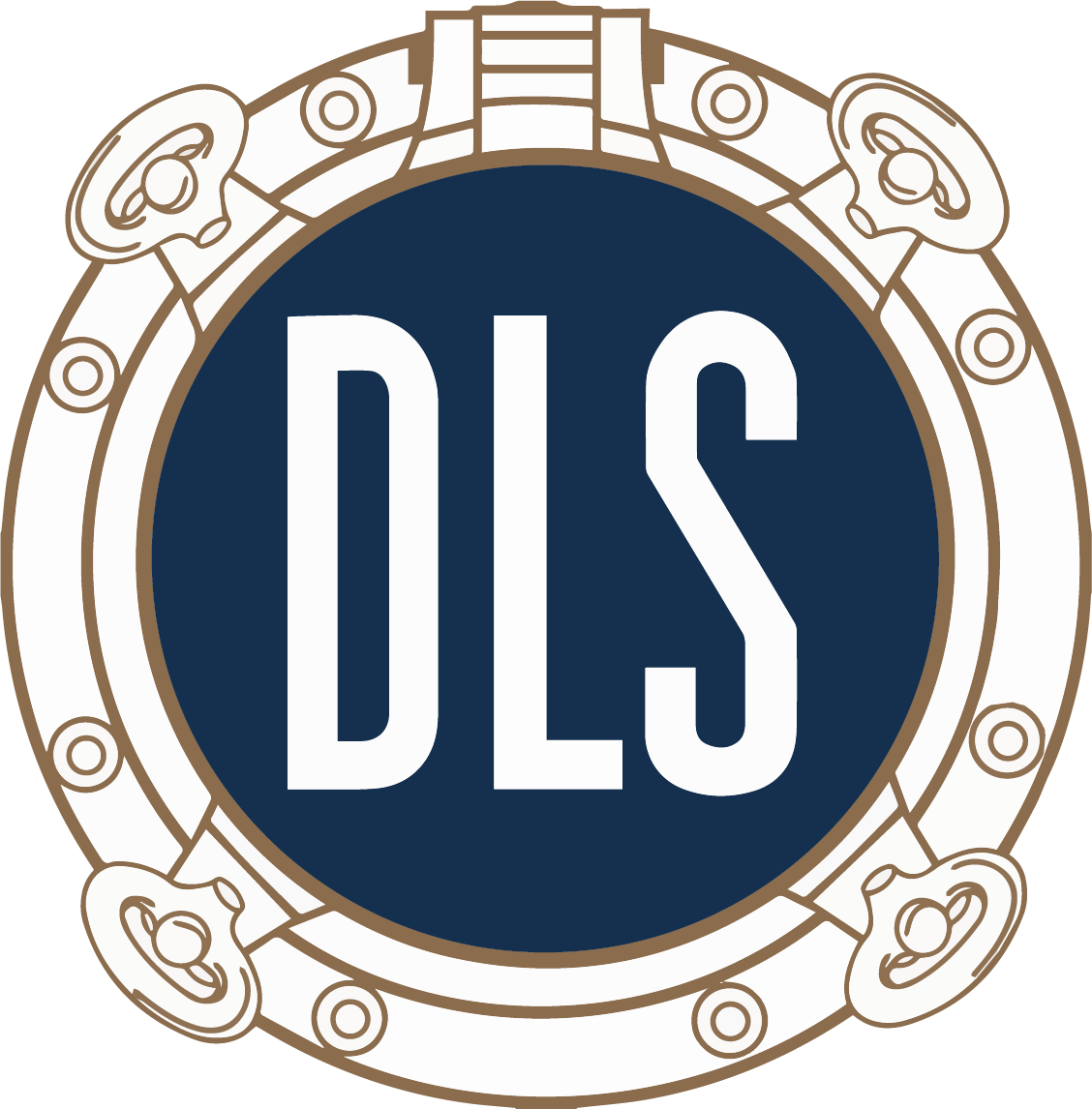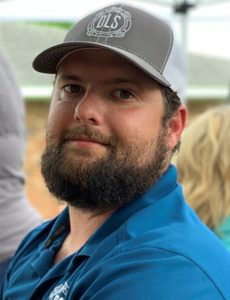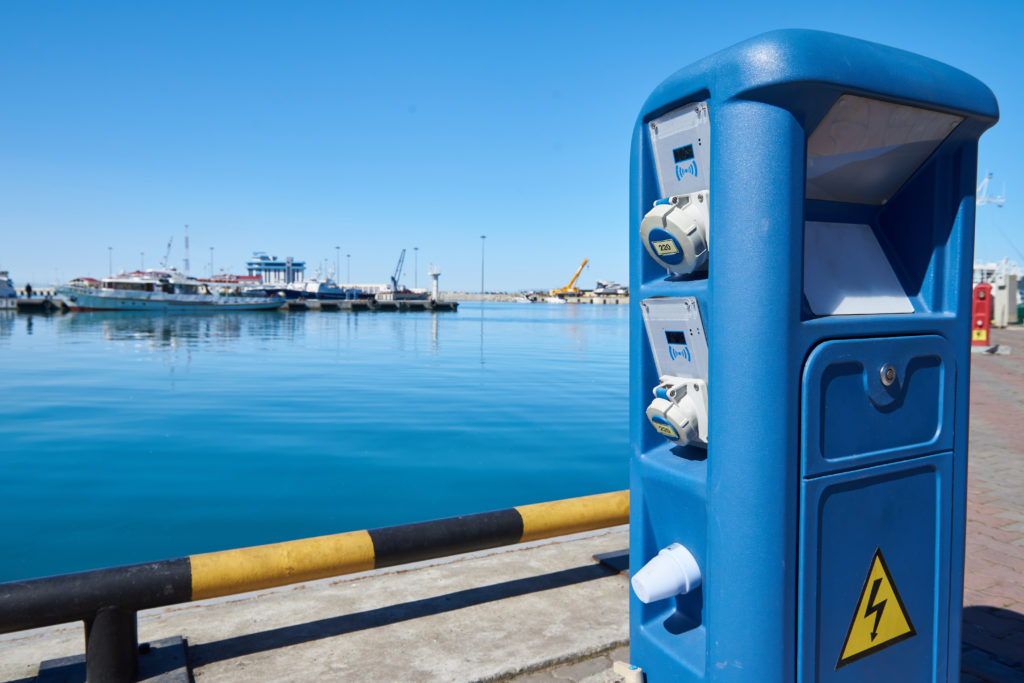
- September 20, 2021
- Industry, Marine News
- White Oil
“There are decades where nothing happens; and there are weeks where decades happen.”
― Vladimir Ilyich Lenin
Lithium is an element (Li; atomic number 3) whose name came from the Greek word “lithios”, or stone. It is used to treat bipolar disorder and other mental illnesses. In today’s world, you would think this psychological need for lithium would be the driver for the growing demand, but if you are reading this, you probably have your hands on something containing a lithium battery.
Lithium comes from stone, either through evaporation of brine containing lithium and other minerals, or through mining an ore called spodumene. Lithium is just one mineral in the brine or rock and must be separated. The other minerals are often unprofitable, making them waste products.
The growth of lithium for use in batteries is phenomenal, as the number of products using lithium-based batteries grows in addition to the size of these batteries. One source gave the production of lithium in 2010 as 28,100 MT and in 2020 82,000 MT. An estimate of future growth is production at around 1,500,000 MT in 2025, which may or may not be sufficient for the demand.
Where there is supply and demand there also exist money and politics. The current largest ready suppliers of lithium for use in batteries are Chile, Australia, Argentina, China, and the U.S., in that order. Although, the countries with the largest possible reserves, in order, are Bolivia, Argentina, Chile (the “lithium triangle”), United States, Australia, and China.
While China may be last on that list, per BloombergNEF, it reportedly controls 80% of the refining to feed 77% of the worlds cell capacity and 60% of the world’s component manufacturing. China mainly supports its strong domestic market, followed by Japan and Korea.
This is expected to change as the world’s involved industries work towards having their supply of batteries closer to the manufacturing site of automobiles and electric powered vehicles (EV’s).
As the need for lithium grows so does its value, as cash and as a political lever. You can see that the “lithium triangle” is not the most politically stable area and the heads of state can always use the supply of this material against the East or West. It has been suggested that there could be a lithium “bloc” similar to OPEC, but some economists point out a potential effect. If the price per tonne is forced too far it then becomes economically feasible for many countries to start using their own deposits of brine or rock that were previously not economical to recover. This includes getting the lithium out of oilfield and mine waste. Germany, for one, is looking into domestic mining if the cost and guarantee of supply outweighs shipping costs and risk of supply breakdown.
The demand for nickel is also growing, as is the demand for other materials used in modern batteries.
We then get to current politics. Industrial scale mining causes habitat destruction, chemical contamination, noise pollution and high levels of water use. In addition, the global North wants strict emission targets while the global South wants economic development. The South believes ecological problems are the fault of the industrial North which should not impede their chance for jobs and economic betterment.
And so it goes…
The Battery
Lithium-ion is not a battery but a battery chemistry where the lithium ion carries a charge. You can have LCO (Lithium cobalt), NMC (Lithium nickel manganese cobalt), LFP (Lithium iron phosphate), and other element mixtures, each having different characteristics as to energy density, longevity, safety, cost, etc.
A battery of choice in the marine world currently is the LiFePO4, Lithium Iron Phosphate (LFP). The Nickle Cobalt Aluminum (NCA) is used by Tesla and the Nickle Manganese Cobalt (NMC) by other EV manufacturers. All three have some similar good characteristics (energy density, cost, life) but the LFP is much more stable, clean, and therefore safer. This is a plus onboard vessels at sea, or anywhere.
Another difference is that marine Li batteries are usually of the prismatic type, i.e. flat plate like, similar to a lead-acid battery, while automotive batteries are of long strips rolled into cylinders similar to the common flashlight battery. These individual units are then placed within larger units, with units being joined to produce the battery bank size necessary for the desired use.
While the LFP is desirable due to its safety factors and long cycle life with use of sophisticated control electronics, it can be downgraded by heat. It operates best in a temperature range of 15-25C (59-77F) which leads to an interest in temperature control in or near engine rooms.
A risk with all lithium batteries is thermal runaway. As a L-I battery goes through its charge-discharge cycle lithium-metal filaments, called dendrites, grow. When a dendrite grows long enough to contact an anode to a cathode, a short occurs creating heat which can ignite the cell and possibly ignite adjacent cells. Hence, thermal runaway.
Science is working on this dangerous risk factor. One future system goes solid state with a ceramic electrolyte instead of the current organic liquids.
Marine Use
For the basics, commercial use and battery bank size is usually measured in megawatts (MW) and megawatt hours (MWh). Based on the metric system, 1 MW=1,000 kilowatts (kW) and 1 MWh=1,000 kWh. Also 1,000 MW=1 Gigawatt (GW) and 1,000 MWh=1 Gigawatt hour (GWh).
For comparison, a single-family home might average 910 kWh per month, or .91 MWh. A large cruise ship is said to produce 60-70 MW via its generator systems with about 1/3rd for propulsion, 1/3 for air conditioning (about 1,600 tons worth) and 1/3 for “house” use, which on ships is for lighting, galley, navigation, communication equipment, etc.
The current economic and functional range for electrical power storage and for propulsion is in small vessels. There are several ferries in Europe that are on a short distance run and are powered strictly by battery blocks. One in Germany has a 252 kilowatt-hour system and can carry 45 passengers and 6 cars for 6.5 hours. A small experimental container ship in China has a 2400 kWh system for use on an inland river. Its range is only 80 kilometers (about 55 miles.) The Tesla e-car started at 60 kWh and is now 100 kWh.
The serious current use of batteries is in hybrid vessels where battery blocks are used for storage and short-term use as boosts to the diesel in electric systems.
A new series of hybrid tugs being built for Singapore have MTU engines with a total of 2984 kilowatts of power (4000 HP) or 65T bollard pull. The storage/surge battery block will be rated at 904 kWh. Harvey Gulf International converted their HARVEY CHAMPION to a hybrid vessel with battery blocks rated at a reported 754 kWh. The future? Crowley is building an all-electric tug, “eWOLF” for use in San Diego. This harbor escort tug will have 6 GWh system to produce a bollard pull of 70 tons.
The base battery block(s) are onboard the vessel in a specific place. We already discussed temperature control for efficiency and fire risk. This is a major factor in where class societies and underwriters control this part of a vessel design. Weight and space are also factors. The batteries in a Tesla weigh 1200 pounds so multiply that weight for marine use…
Using figures from several studies that give the power to weight ratio of current L-I batteries at around 250 watt hours per kilogram of weight, or .25 kWh, the battery block alone at 754 kWh would weigh around 3.3 ST. This is certainly a factor in where battery blocks can be located on a vessel. L-I science is constantly moving toward energy density and the king, Elon Musk, says that 400 watts per kilo is within a few years. By a rough calculation the battery blocks in the Crowley tug could weigh 16 tons. That may not be that bad when you can remove the weight of two engines, fuel and oil. There will be some tradeoff between the missing marine gears and the huge two 2100 KW electric motors.
But it is not only the batteries that are needed. Batteries need tending themselves then must be connected to the vessel’s various propulsion, operating and operational systems.
Onboard Systems
The systems for electrical or hybrid propulsion, Energy Storage Systems (ESS) can have two main parts. One maintains the battery bank itself, the Battery Management System (BMS), to control safe charge and discharging to maintain and extend the life of each L-I battery in the bank, The second part is to get the stored electrical power to the vessel’s systems.
Both are very complicated systems with computerized control and various levels of artificial intelligence to learn the demands of the vessel in which a system is installed. The system should be monitoring the State of Health (SOH) of each individual battery in real time and guarding against thermal runaway.
For an ESS/BMS one must first calculate the electrical demand for the specific vessel and its service. Then one chooses the system with possible constraints on location, weight, and volume (i.e., cubic space needed). With those choices there is also the L-I type and the weight to energy ratios of the batteries chosen. The more compact and powerful the bank, the more expensive it can be. Looking over these choices can be the class society and its regulations. All the major class societies have handbooks on the rules and how to comply.
Then the power in the bank passes through the control cabinet where you can find the computerized controls such as PLC (Programmable Logic Control), HMI (Human Machine Interface), SCADA (Supervisory Control and Data Acquisition) and hopefully no HAL 9000.
Similar controls can be found in the following step: a power management cabinet. At the simplest level, where we will stay for this blog, it is management of the power from the battery bank to service loads and to propulsion. For the former, the job will be similar to current AC/DC systems working through main frame switch gear to power lights, HVAC, galley equipment, navigation equipment and deck machinery. For propulsion, it gets a bit more complicated with electric propulsion motors asked to rev up and down to environmental causes, like a propeller coming partially out of the water in storm conditions, or with fast power bursts when an escort tug needs high torque in a ship docking maneuver.
Plus, the AC/DC systems need an inverter/converter.
The Future?
As noted, battery based electrical power is a fast-moving field. Many variations of lithium-based batteries are being studied, tested and in production. Weight to power ratios are improving, costs are dropping and useful life increasing, particularly with good BMS’s.
Of great concern on the ecological side is the disposal of used L-I batteries. This is getting better along with the improvements in production of more efficient L-I batteries.
One source stated that in 2019 180,000 metric tonnes of L-I batteries were available for recycling but only about half of them actually were. With the growth of EV’s it is estimated that Europe can have as much as 132 metric kilotons (145,500 short tons) to recycle in 2030 and the U.S. 80 metric kilotons (88,185 short tons).
There are already many battery recycling companies around the world with the most in China and South Korea, the current source of most L-I batteries. There are also systems for recycling that involve burning (300 degrees C), chemical washes and grinding. What is interesting is that lithium recovery is of some interest, but the value of the recovered cobalt and nickel is much higher.
The largest recycling company in the United States is Li-Cycle which is expanding quickly and is going to build its fourth hub site in Alabama, close to the many automobile manufacturing sites in the southeast.
How the recycling will play out in the marine sector with large battery banks just coming into service with 10–15-year useful lives, is yet to be seen.
As we have been following diesel electric systems and the new construction of hybrid tugs and even hydrogen ferries, DLS Marine will continue to stay abreast of the technical and economic changes in the industry. There is no substitute for “feet-on-the-ground” by having our staff working with owners and lenders and being in shipyards and on board these new vessels.

